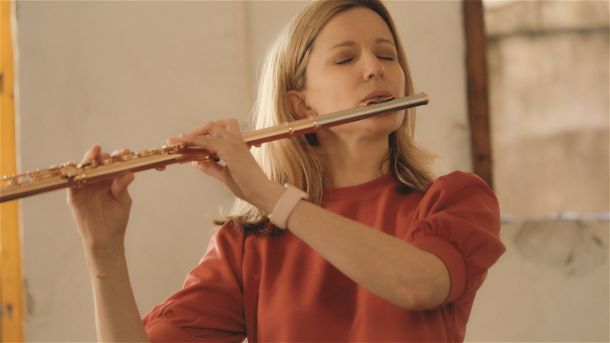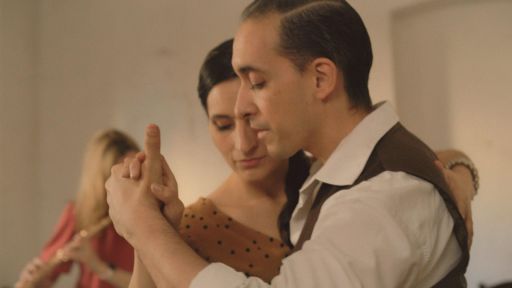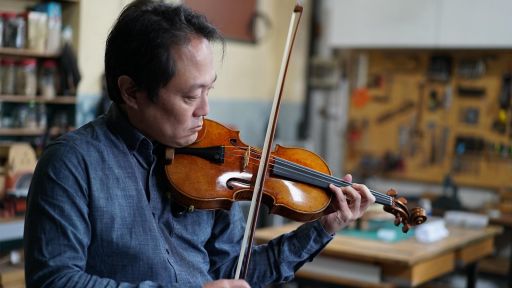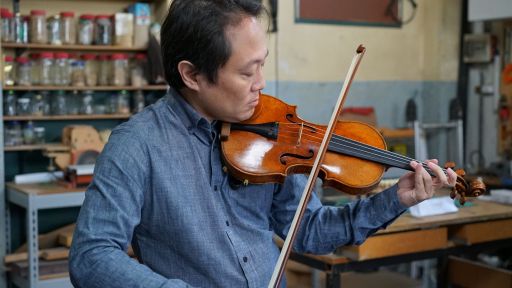
By Alice Dade
I’ve always been interested in an artist’s daily rituals. What events in the day contributed to their artistic process? Apparently, F. Scott Fitzgerald wrote in short spurts, finding inspiration in spontaneity. According to George Sand, Frédéric Chopin heard new melodies while taking walks. He was also known to lock himself in a room for days, struggling to remember all the details. Maybe part of their inspiration was the struggle itself?
I’ve never been a creature of habit but I have a tendency to work until I need a break. When I do, I like to have a snack or some kind of beverage. Whether it’s a Manhattan after dinner or a scone for breakfast, these are times when I give my mind a reset and focus on the flavors and any music that comes to mind.
Scones
One of my favorite childhood memories is weekend breakfasts, particularly my mom’s homemade scones. We would split our pieces in two, slathering butter and raspberry jam on each half. Mom also made what is called a Welsh batch. These scones incorporated raisins, spices, and orange zest in the dough. I don’t remember ever reaching for the butter when these came out of the oven as they were perfect the way they were.
After a particularly challenging practice session, I sit outside and listen to the birds and our wind chime. Steam rises from my own freshly made Welsh batch, a first attempt. As I bite into it, I notice how the coriander and cinnamon adds a mysterious note, reminiscent of Albéniz’s Suite Espagnole. The movement titled Granada is the perfect soundtrack to this very moment. I especially like the orchestrated version, in other words, the original piano solo, rewritten for full orchestra. In this version, the harp and flute bring a new character to the already beautiful piece.
All of this has nothing to do with what I’m practicing, making it a break from reality (or at least my reality). For as long as the scone lasts and the piece plays out on my mental radio, I’m transported to Albéniz’s world. There’s a freedom to it that reminds me to not seek perfection in my practicing but direction and character.
The Manhattan: French and Italian Vermouth
There are several cocktails that remind me of New York: the Cosmopolitan, the Long Island Iced Tea, the Staten Island Ferry, and, of course, the Manhattan. There seems to be a lot of tall tales surrounding the origins of the Manhattan, including its name. Shortly after he was born, Winston Churchill’s mother organized an event at The Manhattan Club, where its namesake cocktail made its debut. This story can’t be true, since the day of her event was also her son’s christening.
Regardless, this cocktail has quite a following. After a long day of teaching, practicing, and emailing, I choose a rye and look for my Italian vermouth (apparently, this makes all the difference). I put in my earphones and play Astor Piazzolla’s recording of his Oblivion. This piece has been rewritten or arranged for many different instruments but Piazzolla’s own recording, playing bandoneon, is my favorite. It’s amazing to have recordings of a composer performing his own pieces.
If you don’t have Italian vermouth on hand, use what you have and pair with another recording, Piazzolla’s Libertango. This piece has more drive and general liveliness compared to Oblivion but Astor Piazzolla’s voice is prominent. I find a jar of maraschino cherries in the fridge and add a couple to my drink. This leads to a more energetic break, complete with clumsy tango dancing in the privacy of my own kitchen.
Canelés de Bordeaux with Coffee
Whenever I travel to France, the first treat I look for is this pastry that resembles a tiny bundt cake. The outside is browned to perfection while the inside has a rich, custardy texture. It’s unlike any pastry I’ve ever had. Historically, the recipe dates back to the 15th century, its tradition protected for all this time.
I’m all packed for a trip (to Texas, not France) and two of these beautiful pastries are waiting for me. I begin to assemble my pour over coffee pot and weigh the beans. It’s hard to practice self-control as I grind the beans, but I know I’ll regret not having the canelés with coffee. As I wait for the hot water to finish dripping to the bottom, I think about Andy Akiho and his artistic process. His approach to music is so open and engaging! While I’m not a percussionist, I can appreciate the way he discovers sounds.
I start listening to Pillar IV, from Akiho’s larger work, Seven Pillars. There’s a lot of energy to this music, making my thoughts race a little. While this break is different from my others, it’s more inspiring somehow. Sometimes a break is for resting after work but other times it’s for finding your muse. I see that I have at least an hour before I should leave for the airport and go back to practicing for a bit longer.
Ramen Noodles
When I was in college, I went through phases with music. For weeks all I listened to were Chopin Nocturnes and then I moved on to slow movements of Mahler Symphonies. I probably bothered my roommates but I couldn’t help it! I was discovering new musical worlds! One phase was Schumann, specifically Ann Sofie von Otter singing Frauenliebe und Leben, Op. 42. As I listened, I prepared a package of ramen on the stove and fried an over medium egg, something I had slowly perfected over time. I then cut up a hot dog from a street vendor. The egg went over the noodle soup and cut up hot dog all around, finished with a sprinkling of hot sauce. The food doesn’t necessarily match the piece, but it was perfection in my early twenties.
Full Circle
These composer’s pieces are a result of their process. They took walks, cooked, painted their houses, and then continued to work. What I had never noticed before was that their art will also be a part of other people’s processes. When I was in school, I would almost feel guilty for taking time off but now I understand how important it is. I have a feeling these composers would agree with me.




